The Current Grain Farm Financial Position in a Longer-Term Perspective
Re-posted from farmdoc: A long-term look at Illinois grain farm finances shows why 2024 marked a historic income low and highlights the tightening financial outlook for grain farms.
Conservation Funding for Your Farm
Illinois Soy Envoy Byron Hendrix, CCA, reviews how farmers can access financial support for conservation practices on their operations.
How ISAP Helps Illinois Farmers Find the Right Resources
In this episode of the Field Advisor podcast, guests Jean Brokish and Kris Reynolds, CCA, explain how ISAP supports farmers through practical tools, trusted networks and peer-to-peer learning opportunities that make conservation more accessible.
Upcoming Webinar: Soil Health Sounds Great—But Is It Paying Yet?
Adopting cover crops and no-till can improve soil health over time, but what about the short-term returns? This webinar takes a look at two years of replicated trial results across Illinois to see how these conservation practices are performing.
What Farmers Need to Know: Illinois Climate-Smart Agriculture Program
Illinois farmers can soon apply for up to $315,000 in cost-share funding to implement no-till and strip-till practices through a new Illinois Department of Agriculture Climate-Smart program starting in fall 2025.
Farmers Drive Checkoff-Funded Research for 2025-2026
From battling weeds and disease to boosting soil health and profitability, see where your Illinois Soybean Checkoff dollars are fueling the next wave of farmer-focused research.
The Battle for Conservation Funding in Illinois
Eliot Clay and Andrew Larson join Field Advisor to talk about the vital role of SWCDs in supporting farmers and securing conservation funding in Springfield.
Let’s Talk NRCS/USDA Conservation Funding
IL Soy Envoy Byron Hendrix explains how farmers can access financial support for conservation practices they already use—or want to add—on their farms.
SOYLEIC Varieties Deliver Competitive Yields
ISA's Annual Insights Report highlights checkoff-funded research showing that all SOYLEIC varieties yield comparably to Plenish and leading Pioneer checks.
Pesticide Policy Update: The Latest from D.C. and Springfield
Stay informed on EPA’s final herbicide and insecticide strategies, Illinois applicator licensing changes, and other legislation that may impact your farm in this episode of the Field Advisor Podcast.

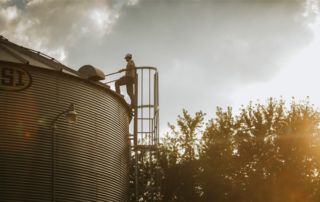
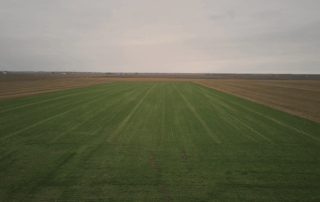
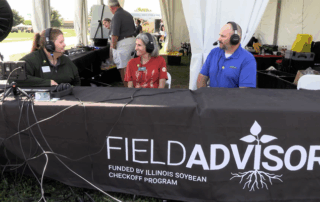
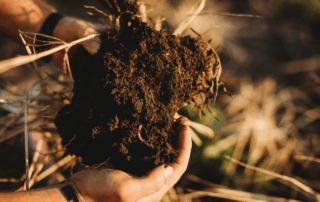
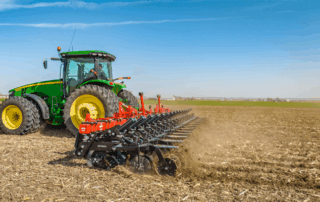
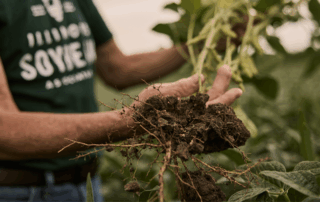


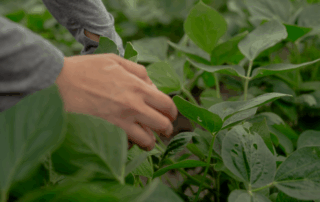


 and then
and then